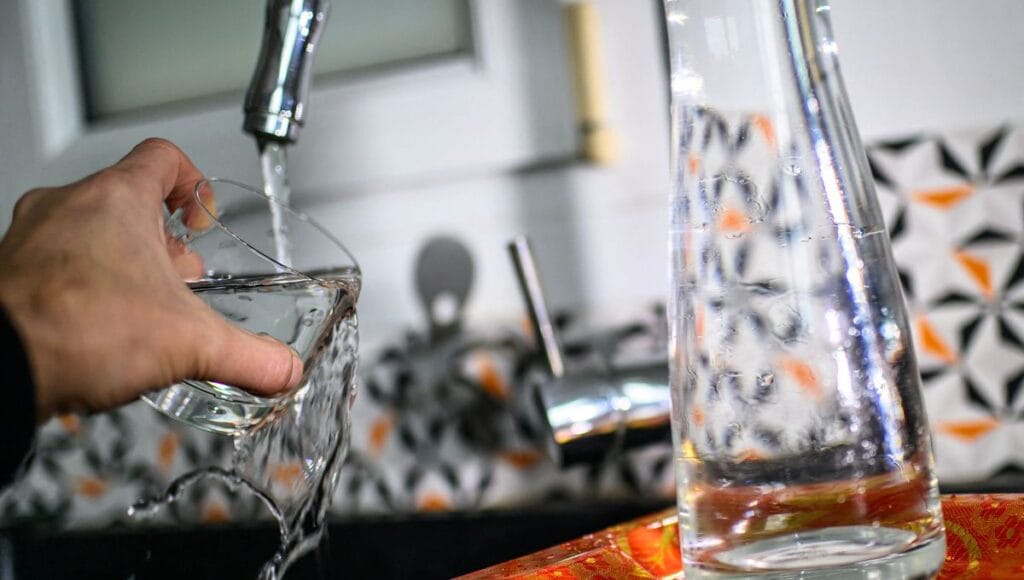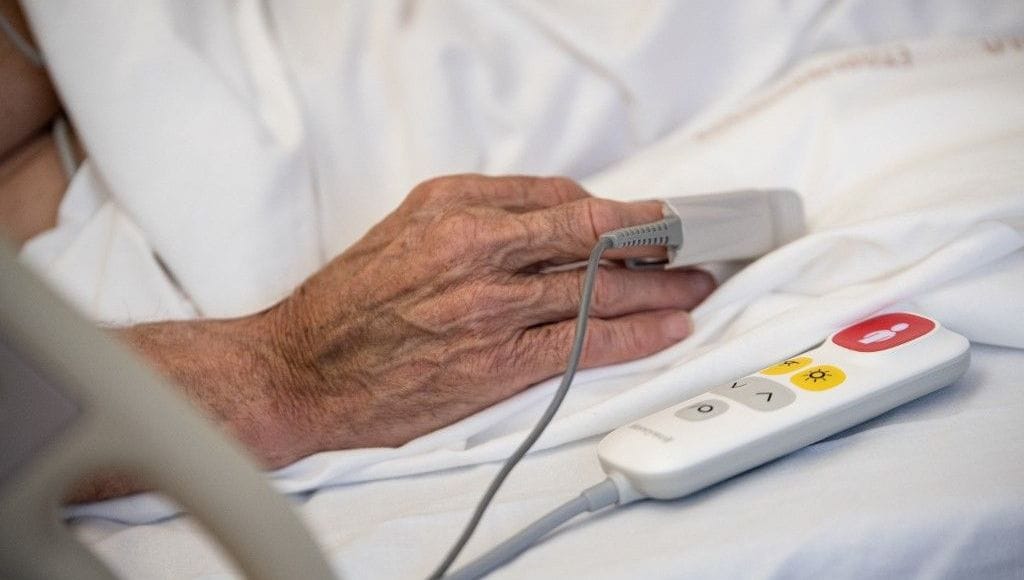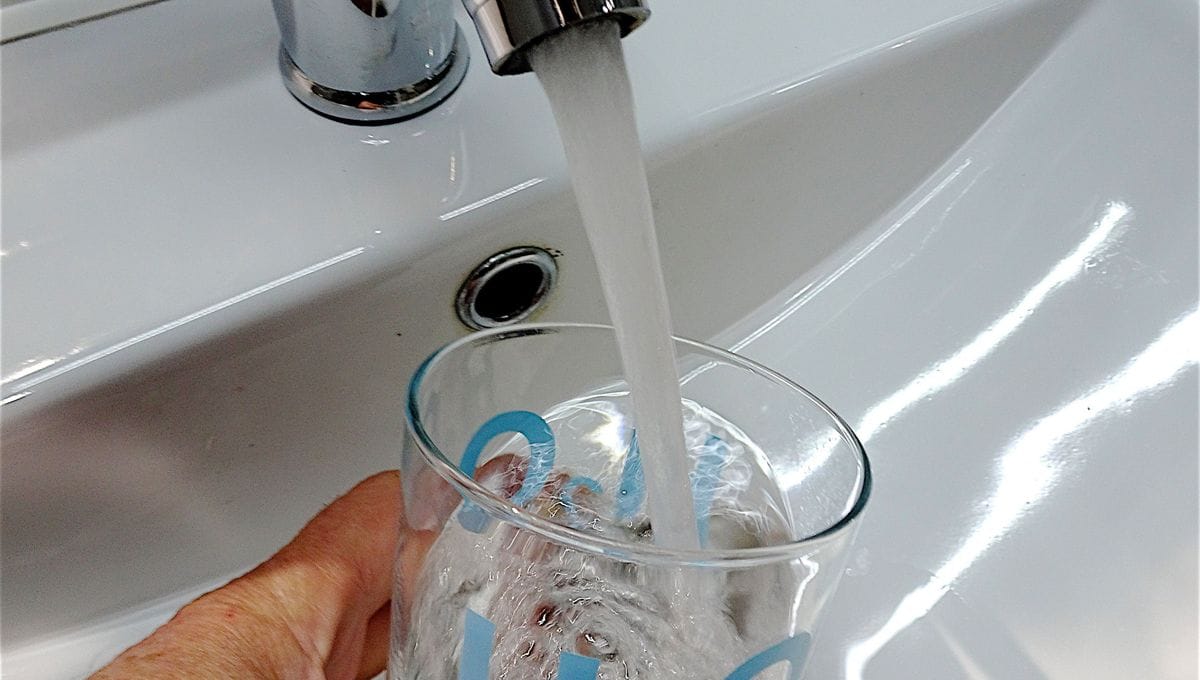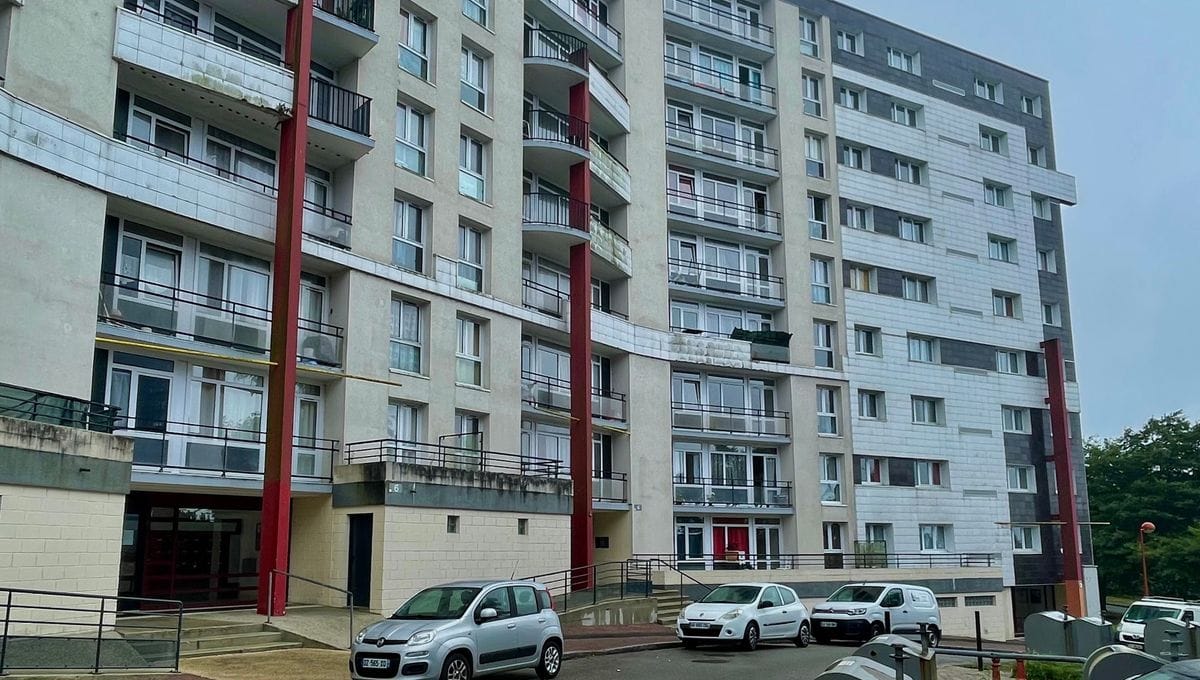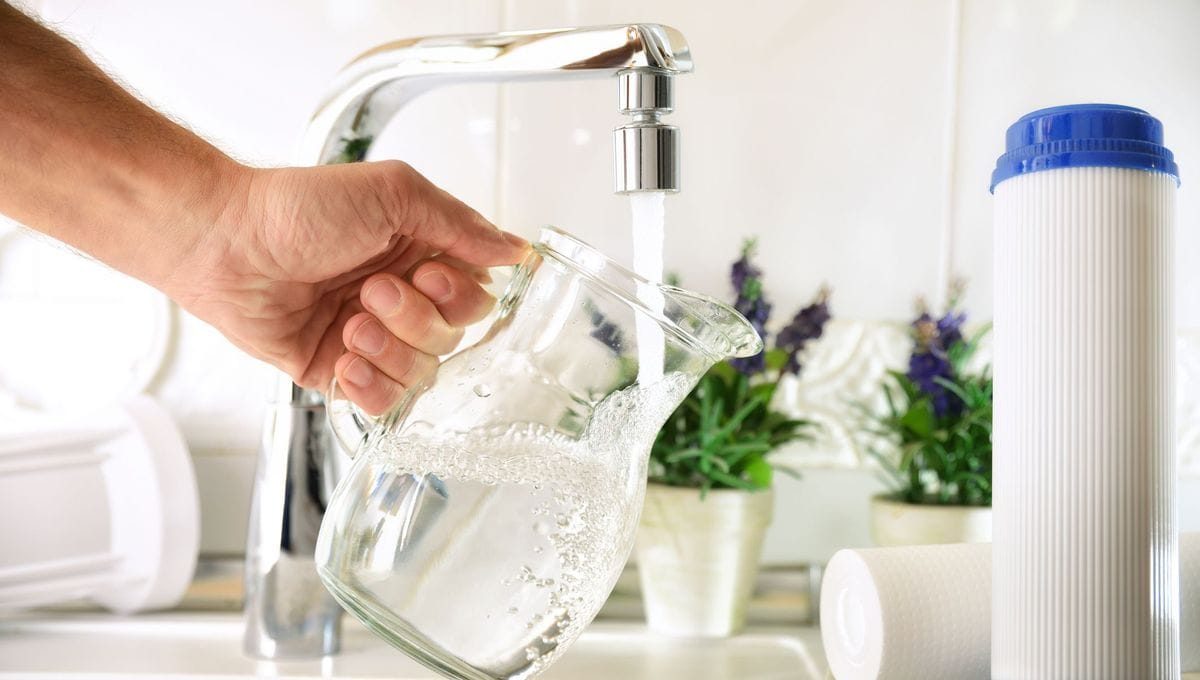Legionnaires’ Disease Outbreak in Port-sur-Saône Claims Lives, Sparks Investigation
A concerning outbreak of Legionnaires’ disease in Port-sur-Saône, a town in the Haute-Saône department of France, has resulted in six confirmed cases and, tragically, two fatalities. Health authorities are urgently investigating the source of the contamination, which is suspected to be linked to the town’s water supply.
Community in Shock as Investigation Unfolds
The affected individuals all reside in the same neighborhood, raising concerns about a localized source of the bacteria. The news has deeply impacted the community, particularly those who have lost loved ones. Caroline, a resident whose father succumbed to the disease, voiced her frustration, stating that the public was not informed quickly enough about the necessary precautions.
The Regional Health Agency (ARS) is actively working to identify the origin of the outbreak and prevent further infections. The investigation is focused on determining how the Legionella bacteria entered the water system and what measures can be taken to eliminate the risk.
What is Legionnaires’ Disease?
Legionnaires’ disease is a severe form of pneumonia caused by Legionella bacteria. The bacteria thrive in warm water environments, such as hot tubs, cooling towers, and plumbing systems. People can contract the disease by inhaling contaminated water droplets.
Symptoms of Legionnaires’ disease include cough, fever, muscle aches, and headache. The disease can be fatal, especially for individuals with weakened immune systems or underlying health conditions.
Preventative Measures and Public Health Recommendations
While the investigation is ongoing, residents are urged to take precautions to minimize their risk of exposure. These include:
- Running taps for several minutes, especially if they have not been used recently.
- Maintaining hot water systems at a temperature of at least 60°C (140°F).
- Cleaning and disinfecting showerheads and faucets regularly.
The ARS is expected to release further guidance and recommendations as the investigation progresses. The priority remains to identify and eliminate the source of the contamination and protect the health of the community.
“The health authorities are working tirelessly to determine the source of the contamination and implement measures to prevent further cases,” stated a representative from the ARS.
The outbreak serves as a stark reminder of the importance of maintaining safe water systems and the potential consequences of Legionella contamination. Public health officials are emphasizing the need for vigilance and adherence to preventative measures to safeguard communities from this potentially deadly disease.
